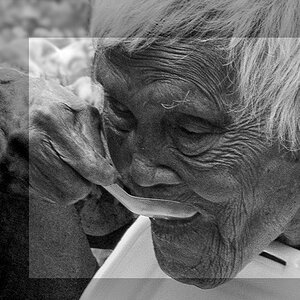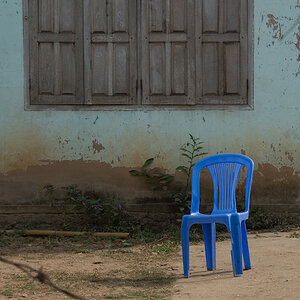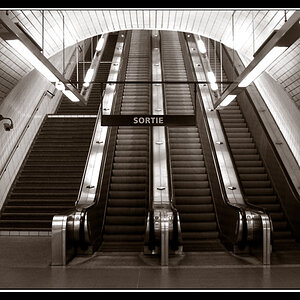Josh220
No longer a newbie, moving up!
- Joined
- May 23, 2009
- Messages
- 1,730
- Reaction score
- 83
- Location
- California
- Can others edit my Photos
- Photos NOT OK to edit
I was at the beach taking some sunset pictures for a little practice, and I felt like these would make good B&W shots. Let me know what you think.
1.
(Aperture priority, 65mm, ISO 100, 1/13sec at f/16)
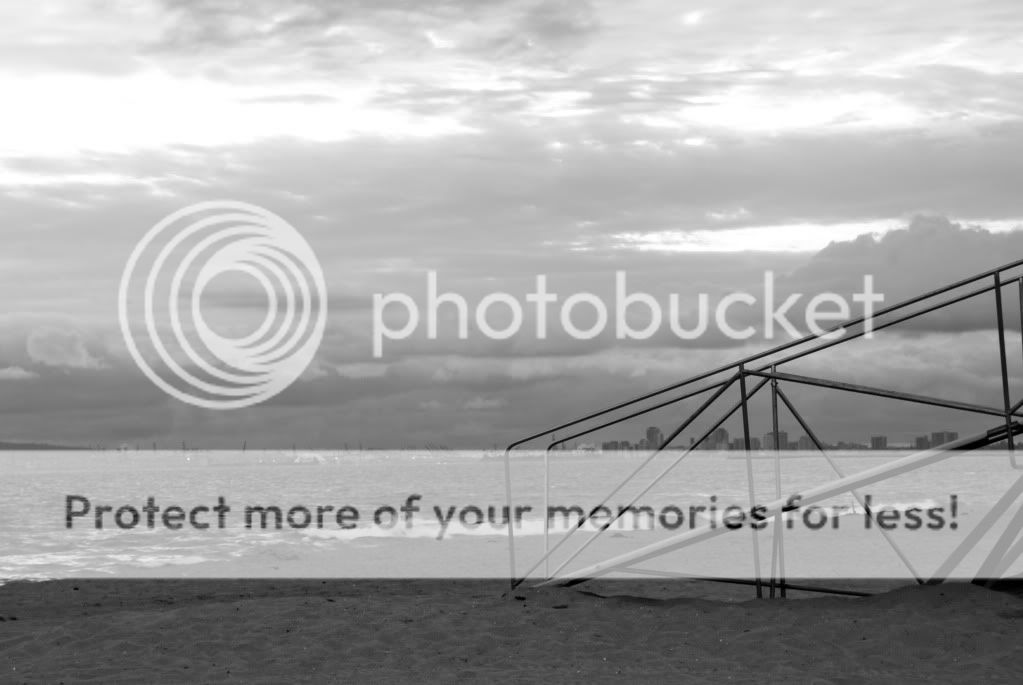
2.
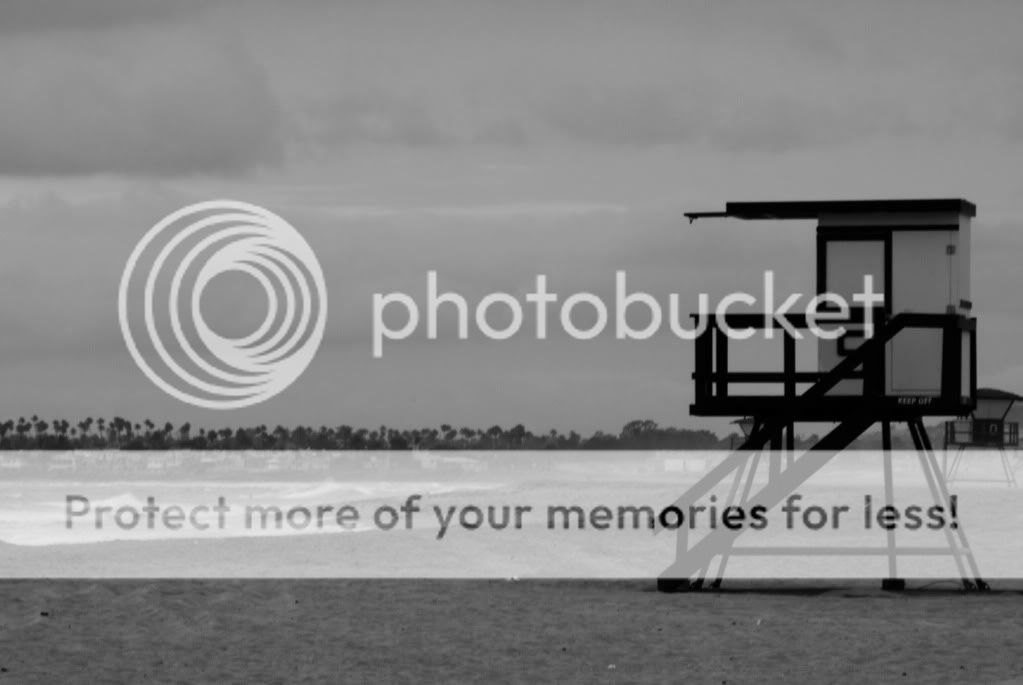
3.

1.
(Aperture priority, 65mm, ISO 100, 1/13sec at f/16)

2.

3.





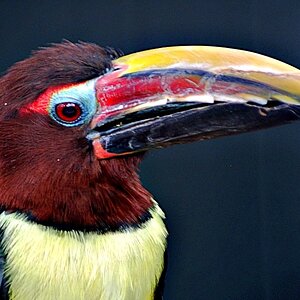
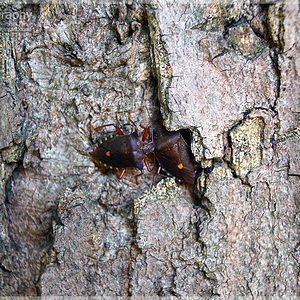
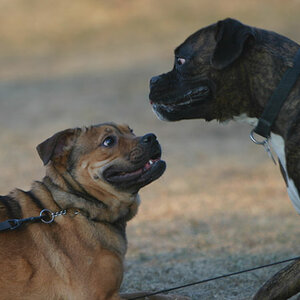
![[No title]](/data/xfmg/thumbnail/38/38262-10a9668da9a2b36a92cddde57caf87bc.jpg?1619738547)


